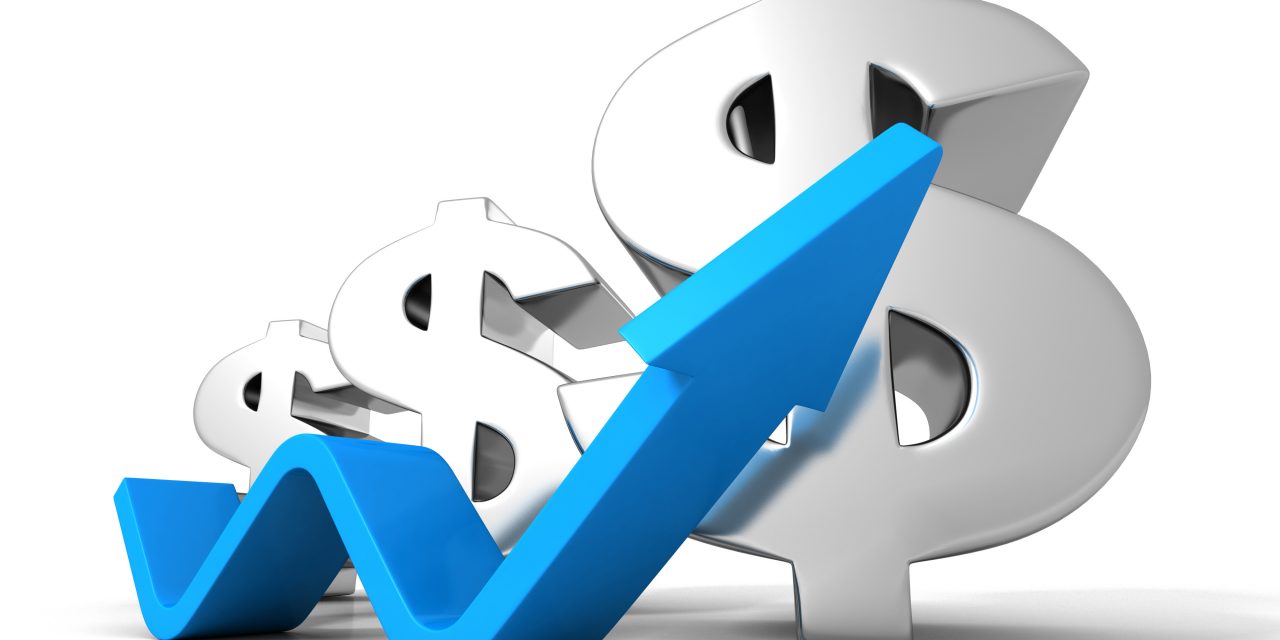The ease of operating businesses locally has been severely compromised owing to forex shortages amongst other factors. We are also living in the thick of an era where most people are earning their incomes in RTGS$. The RTGS$ came onto the scene in February with RBZ finally admitting to the unsustainable and fallacious position of the bond is at par to the USD. This exacerbated pre-existing price distortions where the prices of goods and services had been going up in RTGS$ (then bond) terms. The RTGS$ which the RBZ had assured would edge firmer against the USD as time ensued has been plummeting in value. We have also been witnessing a growing trend of dual pricing where RTGS$ prices are quoted as equivalents of forex (particularly USD).
Black Market Rates A Major Driving Force
It’s common knowledge that the RBZ introduced the interbank market to try and weaken or possibly thwart the parallel market. However, the interbank market is riddled with a lot of challenges. Firstly, there’s inadequate forex on the interbank market; secondly, access to the forex isn’t that easy for businesses. The other aspect is that the liberalization the RBZ speaks of is at most verbal and not being exercised. The central bank still exercises too much control on the general dynamics of market forces – whether directly or indirectly. All this then culminates in businesses resorting to sourcing forex on the black market (where the rates to get it are obviously sky high). The result is that goods and services end up being priced in accordance with parallel market rates. So you realize now that virtually everyone is keen on knowing the prevailing rates of the day (particularly concerning USD).
De-Facto Dollarization
We are now in an operating environment that’s akin to unofficial dollarization. As a nation, we have had a multicurrency regime for some years now. However, now we are witnessing a scenario where it seems like the USD is the main medium of exchange. It’s understandable owing to the fact that the USD’s value is stable. There has been a growing dislike for the RTGS$ (call it our domestic currency if you may). Its value has been declining ever since the 1:1 parity was scrapped off by the central bank. So right now you’ll see that business service providers and consumers alike are keen on preserving value by transacting or saving in USD. A closer look at the USD prices of goods and services also indicates that things are actually now much cheaper in USD. This has also been feeding into the de-facto dollarization trend because those who are easily getting their hands on USDs now prefer to purchase in USD. This is quite far removed from prior scenarios where people would prefer to convert USD to RTGS$ first so as to earn more buying power. All this speaks to how local Zimbabweans are now cognizant of how valuable the USD is. For businesses to peg their prices in USD is also to avoid scenarios where you have to readjust prices daily (which is the case if you peg them at the volatile RTGS$ prices).
The USD Brings In A Semblance Of Stability
The de-facto dollarization aspect that we are continuously seeing locally is borne out of an appreciation for how the USD can promote sanity in the economy. If right now the government were to dollarize you’ll realize that some of limiting behaviours we see in government and the business sectors would be dealt with. I recently wrote an article where I discussed how the phases our economy has been going through have brought us to a place where the USD is now regarded with its true value. So ideally the use of the USD is a great hedge against hyperinflation – but only in the short to medium term.
The prevailing appreciation for the true value of the USD is good and also bad at the same time. Price distortions are now rampant due to varying rates being applied across the markets. You find scenarios where the same products are priced differently due to varying rates applied. Those who can’t get USDs directly are in a fix because they have to purchase goods and services at sky-high RTGS$ equivalent charges. Overall, it’s good to see that people now appreciate the USD and for its true value. This is in stark contrast to the preceding several years where the USD was being undervalued.









Our products which are quoted in USD are still expensive especially when compared with our regional partners. Diesel is going for usd1.20 or 18rands just to mention. The one question that needs to be clarified is that do we have enough USD in circulation to dollarise the economy. The million dollar question is why is the rtgs dollar not crushing on the black market. Why is it sliding slowly more like in response to the bank rate?
We really appreciate the feedback and pertinent questions Samson. While our pricing in USD is questionable at best it is explained by the time when we were lead to believe and Bond and USD were the same thing. We have effectively dollarized a much worse off economy before so the issue of money in circulation isn’t really a matter of concern. The RTGS dollar still has a value, that is why it does not crash. Perhaps these are issues that should be further explored in their own articles.
Practically Zimbabwe still is largely dominated by parallel markets l personal think its a manifestation of absurdity for someone to think of dollirization in Zimbabwe where the real value of commodities is still determined by USD not RTGS